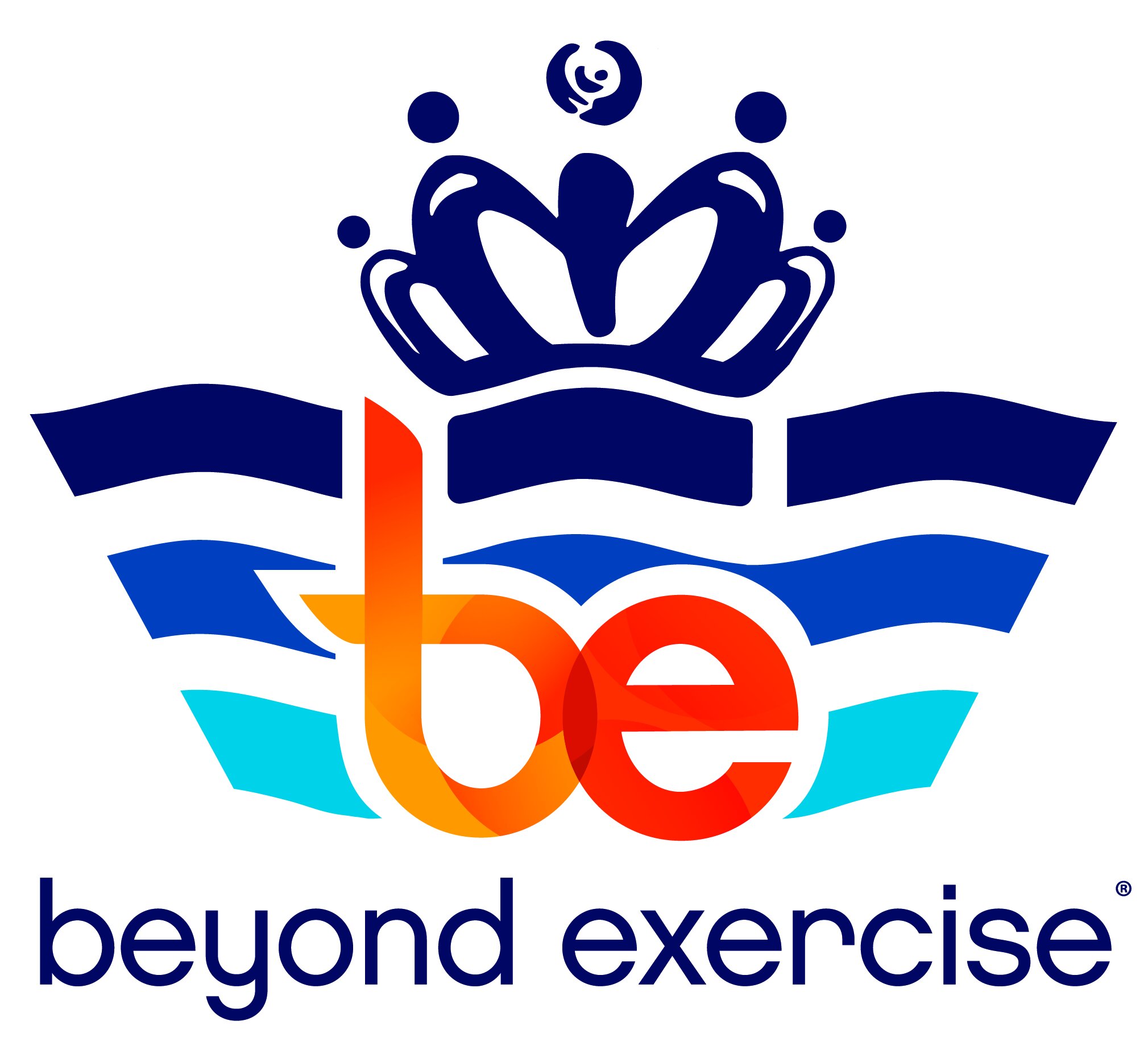These Risk Factors Increase Your Chances Of Tearing Your ACL
By Dr. Ellen Foster, PT, DPT
The anterior cruciate ligament (ACL) is the most commonly injured ligament of the knee. It is estimated that there are between 100,000 - 200,000 ACL tears and sprains each year in the United States. Most ACL injuries are the result of non-contact forces, meaning there is no direct blow to the knee.
The most at-risk athletes include skiers, soccer players, and basketball players for non-contact injury, and football players for contact injuries.
Non-contact injuries occur during sudden changes of direction, rapid stopping, jumping, landing abnormally, or slowing down while running.
Depending on the severity of injury, it takes on average 6-12 months and up to 18 months to fully recover. While most athletes are able to return to sport in some capacity, only 55% of athletes are able to play at the same level they were at prior to injury. Long term, it is common for athletes with ACL injuries to develop osteoarthritis.
Risk Factors
Factors that have been proven to contribute to ACL injury include an imbalance in leg muscle strength, poor mobility in hips, decreased trunk stability, impaired neuromuscular patterns, and being female.
It is possible to use these risk factors to identify athletes who are more likely to suffer a non-contact ACL injury in order to prevent the injury!
How to identify these risk factors
The best way to identify whether or not you possess these risk factors is to undergo a physical and movement exam. A physical examination will test mobility, strength, and neuromuscular efficiency, and then a series of jumping test (preferably with equipment that can quantify the athlete’s jump performance) will assess an athlete’s ability to control deceleration/acceleration forces and the quality in which they do so.
The results from this type of test helps to classify whether or not an athlete is a high-, moderate-, or low-risk classification. Knowing the specific risk factors then allows for a correction plan to be developed.
A correction plan may include:
Daily exercises to do at home
Special warm-up drills prior to practice or competition
1-on-1 physical therapy sessions for significant impairments
Long-term plans, including a weight-lifting or neuromuscular program
Our testing process
Our testing process involves working with a physical therapist to determine your specific movement faults and weaknesses. We utilize the OptoJump system to capture and analyze jumping data. After the data gathering portion, follow-up sessions are schedule with the physical therapist to educate the athlete on the test findings, perform hands-on physical therapy interventions to improve joint mobility, and go through exercise regimens to correct strength, movement, and neuromuscular control issues. The exercise program will progress to building full-body strength, hip strength, postural stability, jumping mechanics, deceleration control, and plyometric power.
In addition to preventing injury, our programs will improve performance by enhancing athletic ability making your athletes stronger, faster, more coordinated, and more confident!
Learn more about our testing process here!
References
Losciale, Justin M., et al. "The association between passing return-to-sport criteria and second anterior cruciate ligament injury risk: a systematic review with meta-analysis." journal of orthopaedic & sports physical therapy 49.2 (2019): 43-54.
Gilchrist, Julie, et al. "A randomized controlled trial to prevent noncontact anterior cruciate ligament injury in female collegiate soccer players." The American journal of sports medicine 36.8 (2008): 1476-1483.
